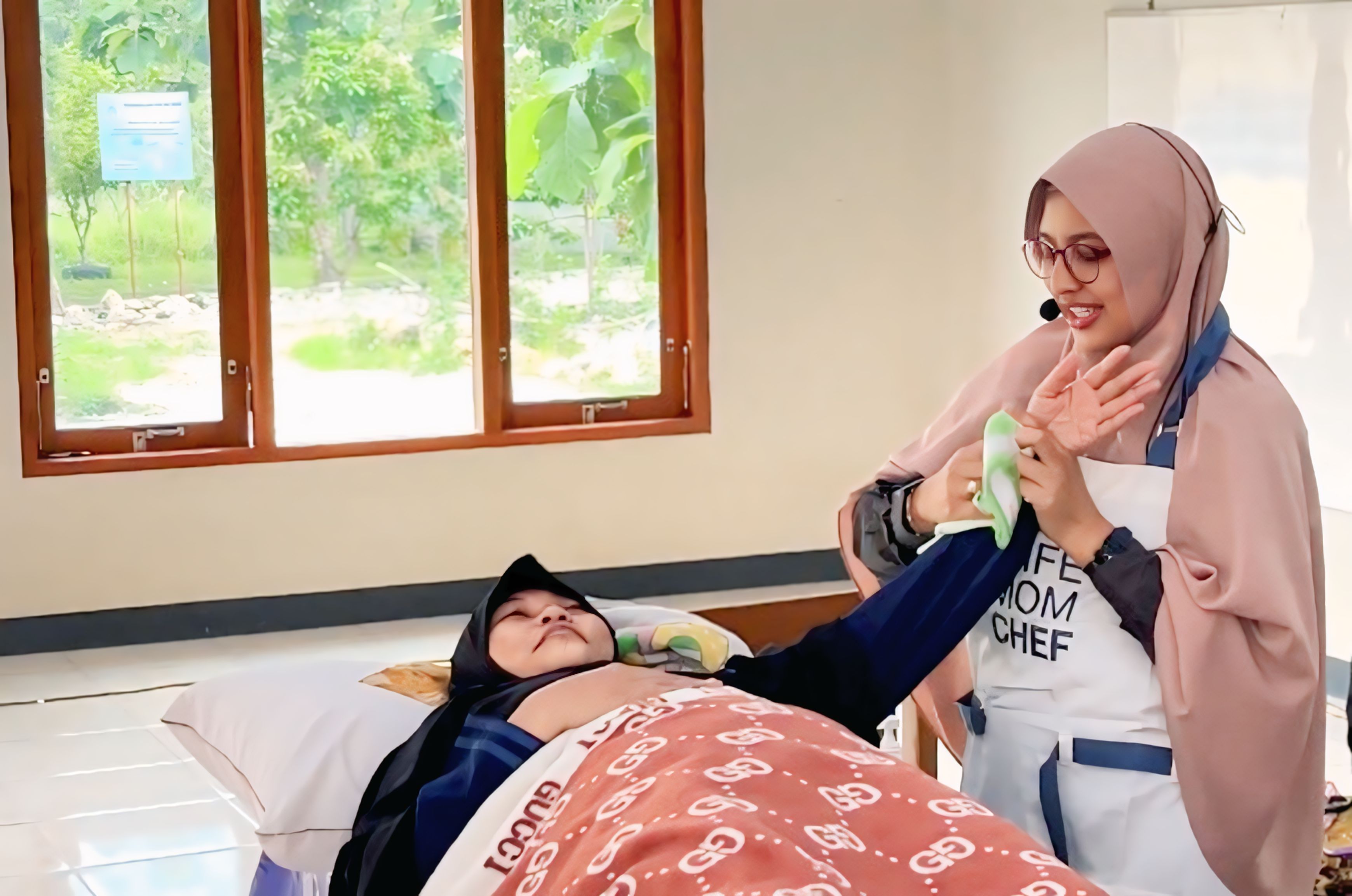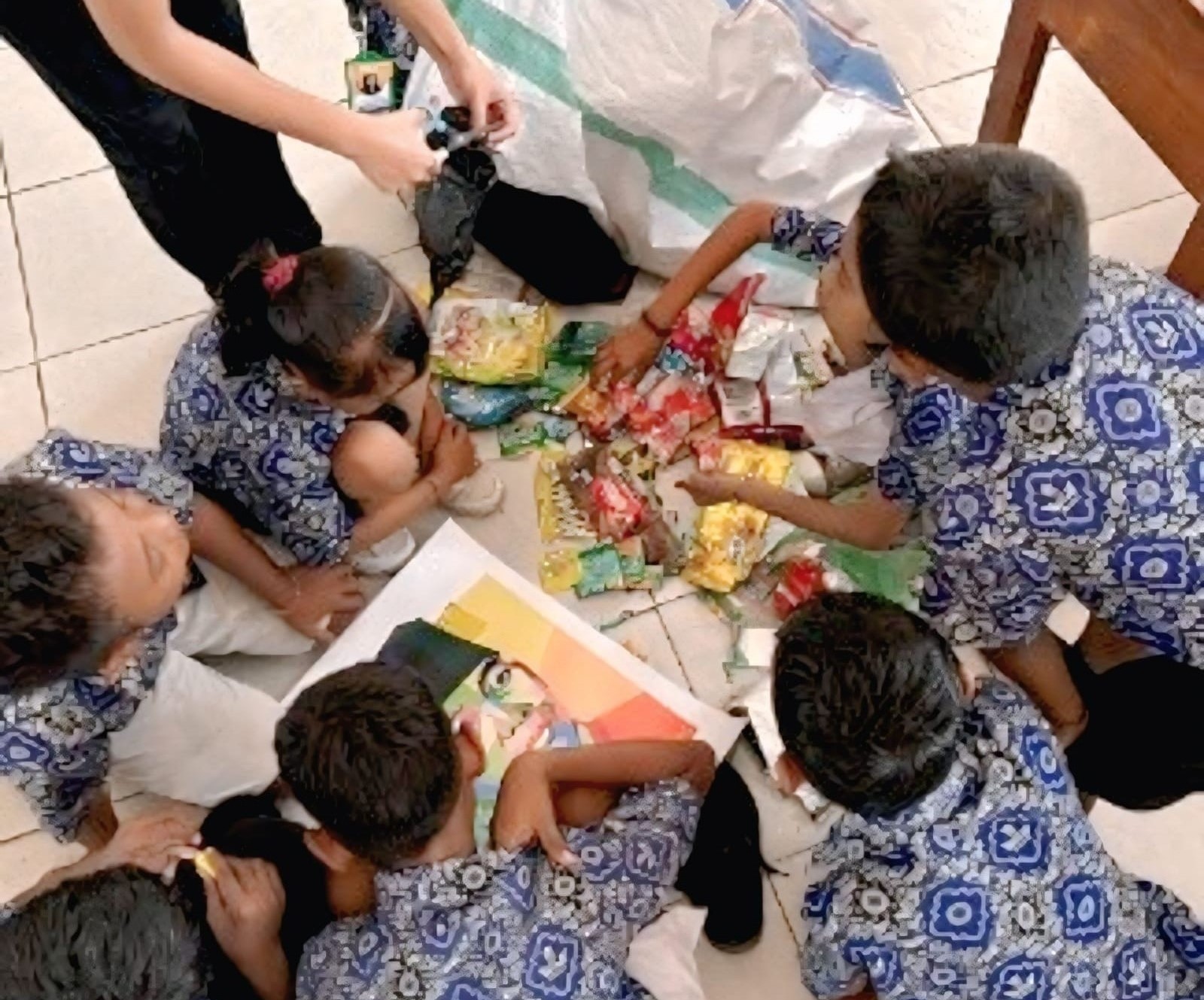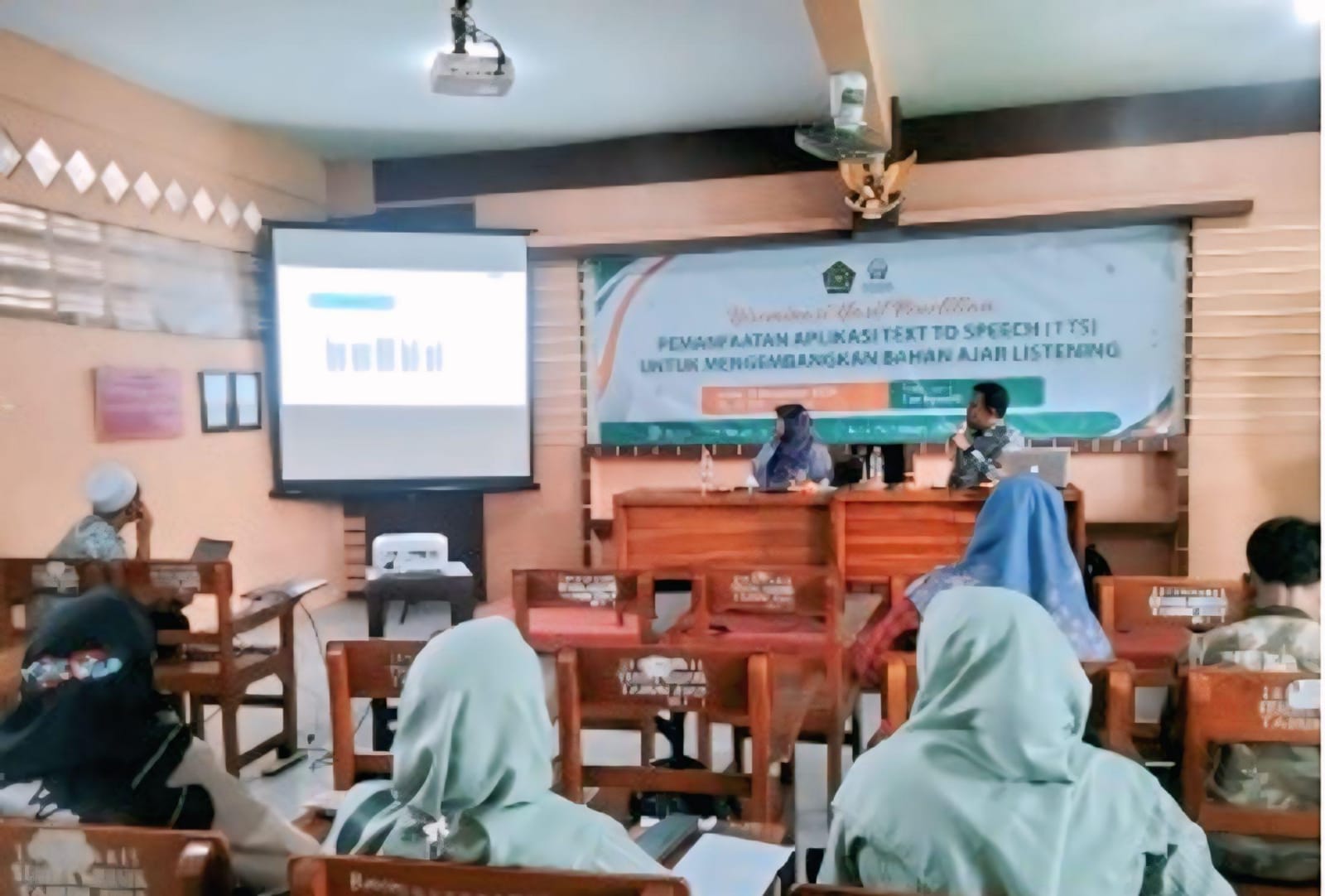TRAINING AND COUNSELING ON DISINFECTION DURING REPAIR OF ACRYLIC RESIN DENTURES AT DENTAL LABORATORIES IN SURABAYA AND JEMBER
Downloads
Background: The dentist who handles a broken acrylic resin denture base case will send the denture to be repaired by a dental technician in the dental laboratory. The transfer of work is likely to pose a risk of cross-infection (for example AIDS, hepatitis, tuberculosis, pneumonia, and herpes. Purpose: To transfer science and technology based on community needs objectively to get a strong foundation in implementing health management for dental technicians. Methods: Training on how to use disinfection materials as well as participatory counseling using slides through LCD projectors, and using props along with interactive discussions and also mentoring when trainees take disinfection measures. Results: The implementation includes 3 activities, that is counseling, training and monitoring Counseling is carried out by providing knowledge about how to disinfect dentures, then training in how to do disinfection, the way is to train dental technicians to disinfect using chlorhexidine by spraying on the denture surface, then monitored. Conclusion: So far the dental laboratory has not carried out any disinfection at the time of denture repair. With counseling and training in this community partnership program, dental technicians know the importance of disinfection denture to prevent cross infection, so that it will then do it.
Al-Fahdawi, I., Al-Huwaizi, H., Fatah, N.A. 2009. The effect of the polyvinyl pyrrolydone (PVP) addition on surface hardness and impact strength properties of heat cured acrylic resin denture base materials. J Bagh College Dent. Vol 21(3). Pp. 1-5.
Anusavice, K.J., Shen, C., Rawls, H.R. 2013. Phillips' Science of Dental Materials. 12th Ed, St. Louis: Saunders. Pp. 127 – 128, 563 – 620.
Badrian, H., Ghasemi, E., Khalighnejad, N., Hosseini, N. 2012. The effect of three disinfection materials on alginate impression by spray method. ISRN Dental. 695151. Published online 2012 July 25.
David, D., Munadziroh, E. 2005. Perubahan warna lempeng resin akrilik yang direndam dalam larutan desinfektan sodium hypochlorite dan klorhexidin. Dent J. Vol 38 (1). Pp. 36-40.
Ferraz, C.C., Gomes, B.P., Zaa A.A., Teixeiera, F.B. 2007. Comparative study of the antimicrobial efficacy of chlorhexidine gel, chlorhexidine solution and sodium hypochlorite asendodontic
irrigants. Braz Dent J. Vol 18 (4). Pp. 294-8.
Hussen, A.M., Rejab, L.T., Abbood, L.N. 2008. The effect of microwave disinfection on the dimensional change of acrylic resin. Al–Rafidain Dent J 2008. Vol 8 (1). Pp. 38–43.
Hutasoit, M. 2010. Perubahan kekerasan resin akrilik setelah perendaman dalam larutan desinfektan sodium hipoklorit 0,5%. Institusional Repository. Medan: Universitas Sumatra Utara.
Kenters, N., Gottlieb, T., Hopman. J., Mehtar, S., Schweizer, M., Tartari, E. 2018. An international survey of cleaning and disinfection practices in the health care environment. Journal of Hospital Infection. Vol 100 (2). Pp. 236-241.
Mc Donnell, G., Russell, A.D. 1999. Antiseptics and disinfectant: activity, action and resistance. Clinical biology review. Vol 12 (1). Pp. 147-79.
Noort, R.V. 2010. Introduction to dental materials. London: Mosby. Pp. 183-5.
Powers, J.M. 2008. Dental materials properties and manipulation. 9th ed. Missouri: Mosby Inc. Pp. 31-2; 286-94.
Salviaa, A.C.R.D., Matildea, F.S., Rosab, F.C.S., Kimpara, E.T., Jorge, A.O.C., Balduccia, I., Koga-Ito, C.Y. 2013. Disinfection protocols to prevent cross-contamination between dental offices And prosthetic laboratories. Journal of infection and Public Health. Vol 6 (5). Pp. 377-382.
Sande, M.A. 1975. Point source epidemic of mycoplasma pneumonia infection in a prosthodontic laboratory. Am Respir Dis. Vol 112. Pp. 213-7.
Tanumihardja, M. 2010. Larutan irigasi saluran akar. Dentofasial. Vol 9 (2). Pp. 108-15.
Yagiela, J.A., Frank, D.J., Enid. 2004. Pharmacology and therapeutics for dentistry. 5th ed., St Louis, Missouri: Westline Industrial Drive. Pp. 756-61.
- The Author(s) hold the copyright of the article without restrictions
- Darmabakti Cendekia allows the author(s) to retain publishing rights without restrictions.
- The legal formal aspect of journal publication accessibility refers to Creative Commons Atribution-Non Commercial-Share Alike 4.0 (CC BY-NC-SA), implies that publication can be used for non-commercial purposes in its original form.







































